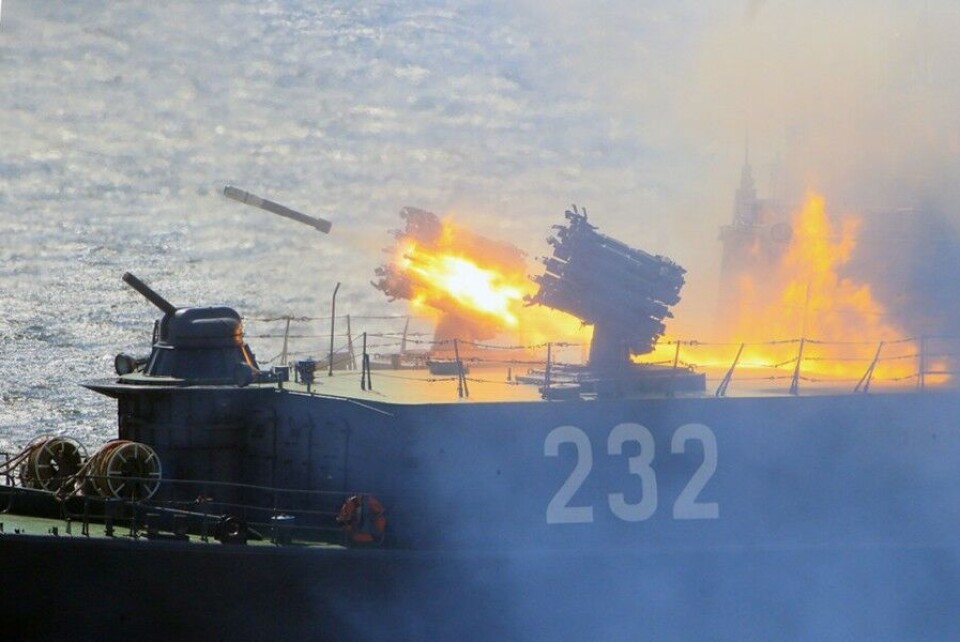
Fishermen troubled by escalating Russian war games
Increasingly complex exercises in which Russia’s Northern Fleet with short notice closes off larger areas of the Barents Sea create big problems for commercial fisheries.
With the large-scale joint Russian-Belarusian military exercise Zapad 2021 (West 2021) starting, several of the best fishing grounds in the Barents Sea will be closed from September 10, the Notice to Mariners issued by the Defence Ministry in Moscow reads. Based in Murmansk, The Port Administration for Northwestern Russia is also issuing coastal warnings (PRIPs) in addition to providing coordinates for dangerous navy shootings in open waters.
The new warnings for the coming week follow an exceptionally busy August with weapons testing and navy shootings across the Barents Sea, from the Varanger fjord in the west to Novaya Zemlya in the east.
“The problem is not only that vast waters are occupied for exercises, but that the notifications come at very short notice,” says Sturla Roald, juridical advisor with the Norwegian Fishing Vessel Owners Federation.
“We experience that the exercises have increased both in scope and intensity in recent years, which means that Norwegian vessels more and more have to interrupt fishing and sail out of fish-rich areas,” he tells the Barents Observer.
This week, warnings are issued for three large areas north of the Kola Peninsula. The largest closed-off zone goes all west to the maritime borderline with Norway’s Exclusive Economic Zone (EEZ) north of the Varanger fjord.
NOTAMs likely related to Northern Fleet Zapad activity are now appearing. The first area go active on Friday the 10th. pic.twitter.com/9SC87qNhWG
The Barents Sea contains some of the largest fish resources in the world, including the cod stock. Norway and Russia share the marine resources and quotas for the different species are negotiated annually by the two countries’ joint Fisheries Commission. The arrangement allows for Norwegian vessels to fish in Russian waters and vice versa.
Cod, haddock, capelin, halibut and crab catches from the Barents Sea are worth billions and thousands of people are employed on the vessels and in the land-based seafood processing industry. The 2021 cod quota was set at 885,600 tons, up 20 percent from the year before.
Increased tensions
The fisheries, however, are now severely challenged by escalating military tensions between Russia and the West, at levels not seen since the last Cold War. The old saying “high north - low tensions” seems to be a quote from the past.
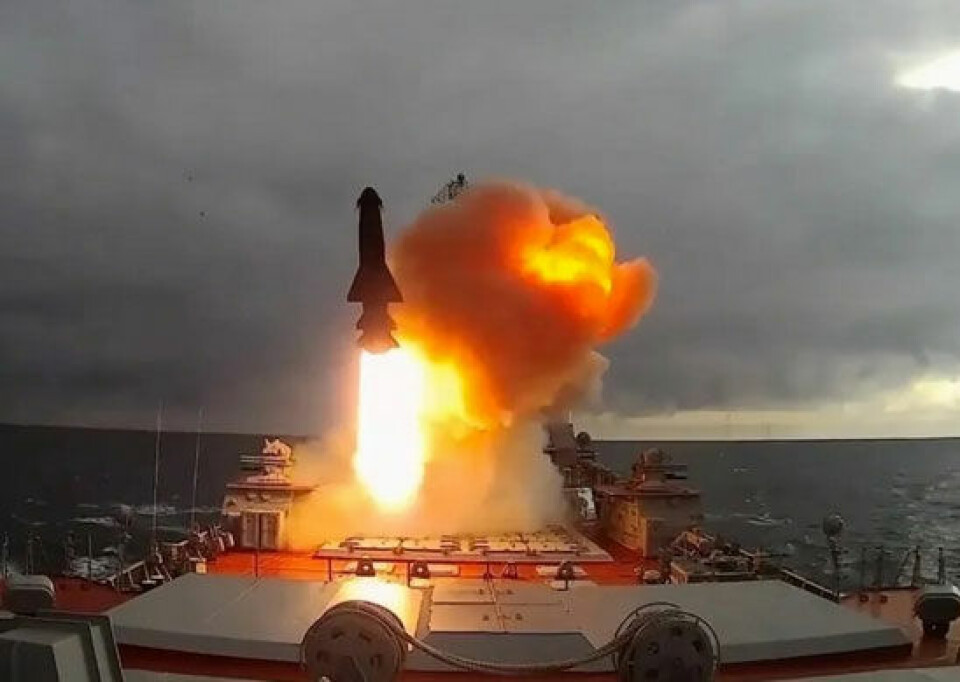
For Russia’s military leaders, the Barents- and White Seas are not only important exercise areas for the fast-growing numbers of new warships and submarines. The vast waters are also home to testing of new naval weapons systems. Especially those weapons that can fly long, like the new generation of sea-launched cruise missiles, the hypersonic Tsirkon and the Kalibr. The European part of Russia’s Arctic waters offers both space and long uninhabited coastlines.
More secret weapons tests include the nuclear-powered underwater drone Poseidon and the nuclear-powered Burevestnik missile. As previously reported by the Barents Observer this autumn, the closure of large areas near Novaya Zemlya was believed to be connected to Burevestnik testing.
Time is money
Snap announcements by military officials to close waters force the fishermen to act fast. Nobody wants to end up sailing among submarine-launched torpedoes, heavy artillery, or seeing cruise missiles flying over the boat.
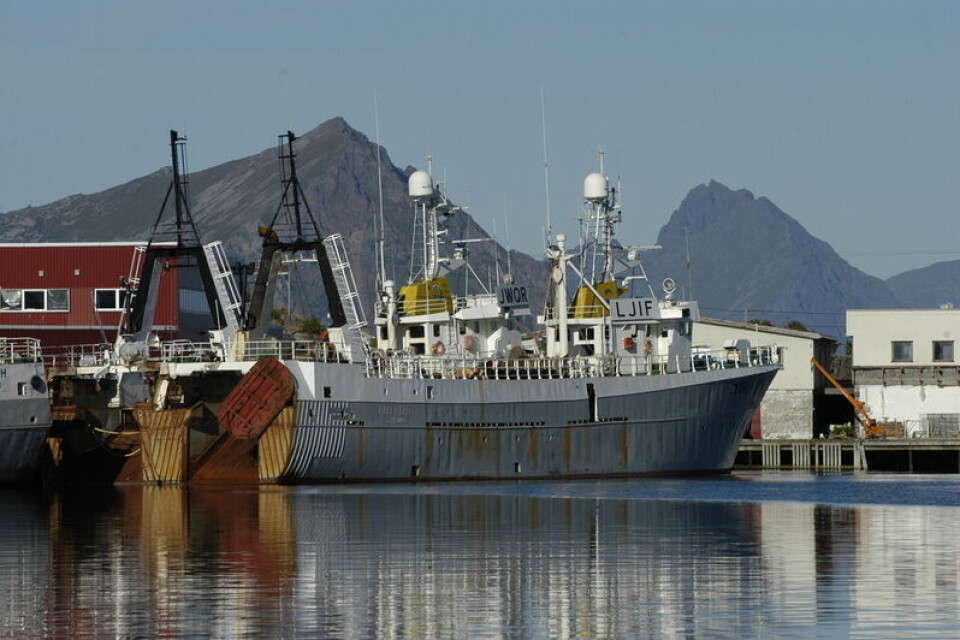
“Especially when vessels are fishing in the Russian zone, they have to sail significant distances,” Sturla Roald explains. Also, he adds, the captains have to “follow extensive procedures in connection with entering and exiting the zone.”
“Vessels thus risk losing several fishing days.”
Sturla Roald says Russia from time to time extends such danger areas into the Norwegian zone.
Since 2015, the Russian Northern Fleet has many times issued Notice to Airman (NOTAM) warnings in Norway’s Exclusive Economic Zone. That includes the western Barents Sea, the Norwegian Sea and even south to the North Sea region. These are new patterns in Moscow’s relations with Norway. During the Cold War, Northern Fleet warships conducted live weapons firing in home waters, mainly north of the Kola Peninsula and in the White Sea.
“We have raised these issues with Norwegian authorities in several inquiries in recent years,” Sturla Roald underlines.
Letters are sent both to the Norwegian Armed Forces and to the Ministry of Foreign Affairs, calling for help to solve the problems created by Russia’s increased number of military exercises in the Barents Sea.
Norway’s Minister of Foreign Affairs, Ine Eriksen Søreide, this week spent two days discussing cross-border relations in the border town of Kirkenes, close to Russia and the Barents Sea. Asked by the Barents Observer about the increased troubles for the fishermen, the Minister is reluctant to answer on the call to bring up the topic with the Russians.
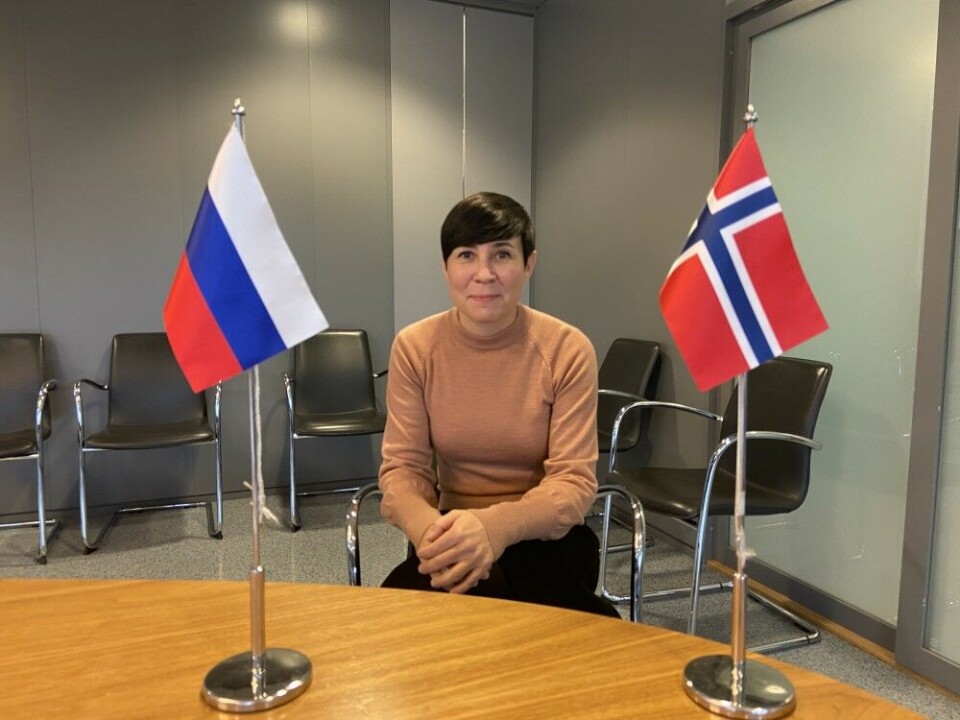
“In general, from the Norwegian side, we have a desire to make sure exercises can be combined with other activities,” she said.
Waters can be shared between military needs and fisheries, but then in separate periods without one hindering the other.
“There are good safety reasons to keep areas closed, but then for shorter periods,” Eriksen Søreide said. She made clear that details on the latest developments in the Barents Sea have not reached her office.
Europe’s largest
With 200,000 soldiers, heavy arms, aircraft and warships, the Zapad-2021 officially kicking off on September 10 is the largest military exercise in Europe in nearly 40 years. Northern Fleet Commander, Admiral Aleksandr Moiseev, has previously called the exercise “the main effort of the year.”
Norway’s Minister of Defense, Frank Bakke-Jensen, on Thursday visited the forces that guard Norway’s border to Russia. He said to the Barents Observer that dialogue is important to find solutions for the problems fishermen are experiencing.
“Rules and notifications have to be followed. This is international waters where military exercises are allowed, fisheries are allowed,” the Minister said. “We have channels to discuss such matters; the Coast Guard Forum, the direct link between the Joint Headquarters and the Northern Fleet, and the Norwegian-Russian Fishery Commission.”
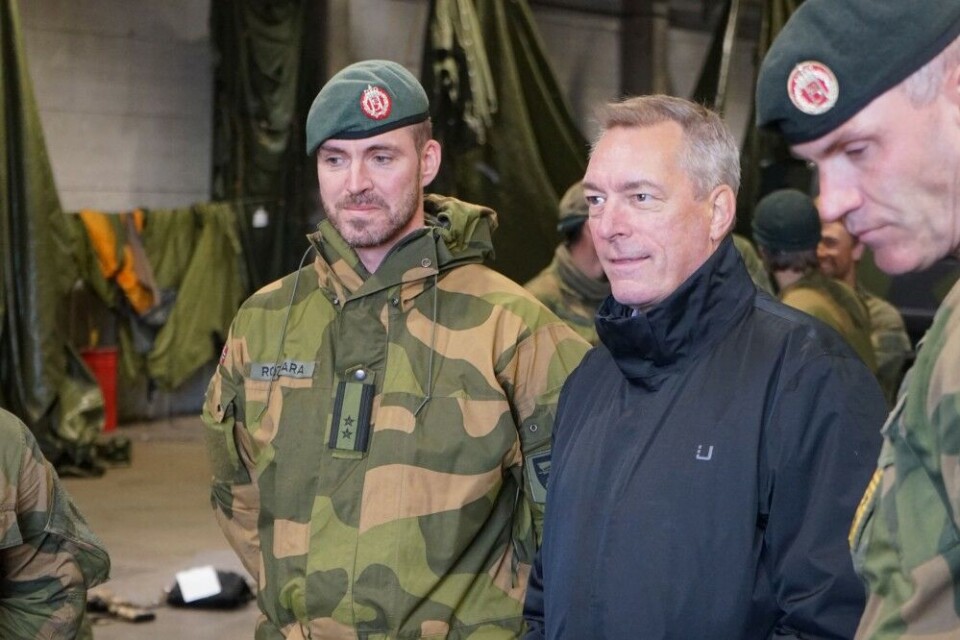
What the Defense Minister finds more problematic is Russian navy exercises in waters outside Norway.
“Very many of those exercises is something Russia can do closer to home. It is absolutely not necessary to exercise so far south and so close to our coastline,” Bakke-Jensen makes clear.
“This is not how good relation with a neighbor is built.”
Frank Bakke-Jensen said it is not on Norway’s agenda to mirror what the Russian navy is doing outside Norway.
“This is about sending a signal. It has not been necessary for us to do so. Let’s hope we don’t have to do so. I think solutions are to be found with dialogue.”
Cold Response
While no plans exist to sail Norwegian warships into the eastern Barents Sea to conduct shooting exercises near the Kola Peninsula, the country will next year host its biggest military drill inside the Arctic Circle since the Cold War.
About 40,000 soldiers will take part when exercise Cold Response 2022 kicks off in the Ofoten area in partnership with Norway’s NATO allies.

















